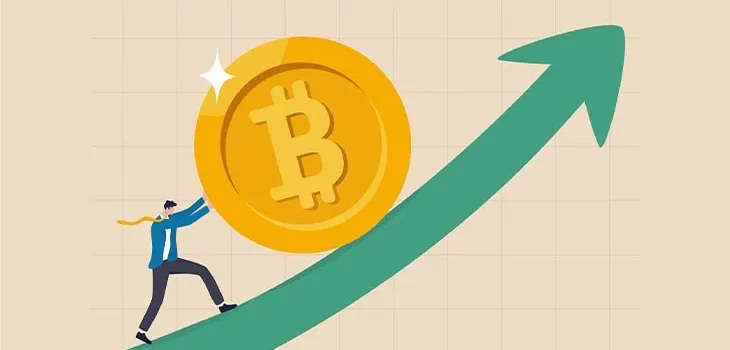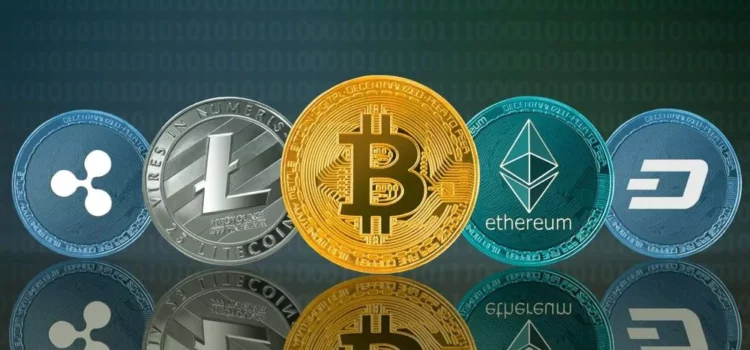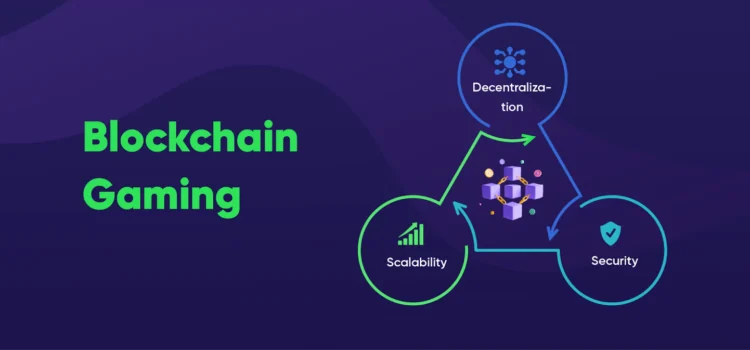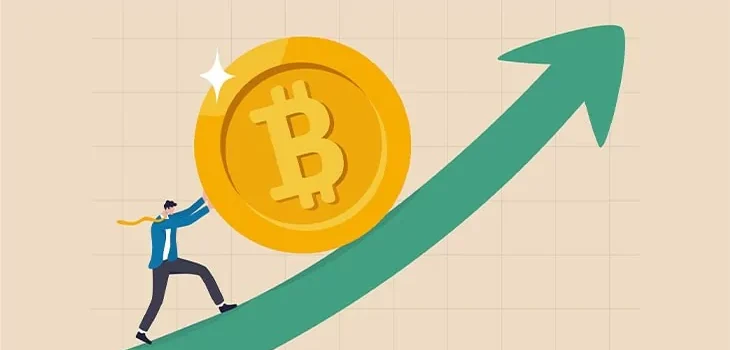
The legal and regulatory landscape of the cryptocurrency industry continues to evolve rapidly. The period from October 4 to November 4, 2024, has seen significant developments, with updates from government agencies, regulatory bodies, and global authorities on matters impacting the Web3 and crypto sectors. These developments range from new enforcement actions and court rulings to evolving policies that affect businesses and investors in the digital assets space.
Legal Actions and Court Rulings
FTX Executive Sentences
In one of the most high-profile cases in crypto history, Nishad Singh, the former engineering director at the failed exchange FTX, was sentenced to time already served, followed by three years of supervised release. Singh’s conviction marks him as the fourth former FTX executive to face legal repercussions for their role in the company’s collapse. This case continues to draw attention to regulatory gaps and enforcement in the crypto sector.
SEC Charges Cumberland DRW
The U.S. Securities and Exchange Commission (SEC) has taken legal action against Cumberland DRW, a major crypto market participant, accusing the firm of operating as an unregistered dealer. The SEC claims that Cumberland DRW facilitated the trading of over $2 billion in crypto assets that were allegedly classified as securities, highlighting ongoing regulatory scrutiny over digital asset exchanges and trading firms.
DOJ Takes Action on Crypto Fraud
The Department of Justice (DOJ) continues its crackdown on fraudulent activities within the crypto space. Recently, the DOJ charged 18 individuals, crypto market makers, and entities with fraud and market manipulation, including wash trading. Additionally, the DOJ pursued charges against an individual operating the crypto exchange AurumXchange, accusing him of money laundering and failing to file tax returns. These actions underscore the government’s heightened focus on crypto fraud.
Ponzi Schemes and Scams
The DOJ’s efforts to combat crypto-related fraud also extended to Ponzi schemes, with one senior promoter of the notorious Forcount (later known as Weltsys) Ponzi scheme sentenced to 20 years in prison. In another case, an 86-year-old California attorney was sentenced to five years of probation and ordered to pay restitution for orchestrating a multi-million-dollar crypto Ponzi scheme. These cases are a stark reminder of the risks associated with cryptocurrency investments and scams.
Regulatory Updates and Policy Changes
Securities and Exchange Commission (SEC) Focus
The SEC continues to make crypto regulation a top priority, as evidenced by its recent action against Cumberland DRW and the listing of crypto assets on its examination priorities for fiscal year 2025. The SEC’s focus on crypto assets, particularly in the context of securities laws, highlights its ongoing efforts to bring more clarity to how digital assets are regulated in the U.S. Additionally, the SEC has approved stock exchange rule changes allowing the listing of options tied to Bitcoin exchange-traded products (ETPs), signaling increasing mainstream financial integration of cryptocurrencies.
Federal Reserve on Decentralized Finance (DeFi)
Federal Reserve Board Governor Christopher J. Waller recently shared his thoughts on decentralized finance (DeFi), suggesting that while DeFi could serve as a complement to traditional financial services, it is unlikely to replace them. This statement adds to the broader conversation on the role of DeFi in the future of financial systems and its regulatory implications.
State-Level Enforcement Actions
At the state level, Massachusetts’ Attorney General took legal action against a crypto firm that had defrauded victims with misleading crypto trading opportunities. The firm allegedly used a name similar to the New York Stock Exchange to deceive consumers. This case is part of a broader push by states to clamp down on fraudulent activities within the crypto sector.
International Regulatory Developments
International Oversight and Reports
On the international stage, the Bank for International Settlements (BIS) and the Financial Stability Board (FSB) published reports on the risks associated with tokenization, while the European Central Bank (ECB) released a paper assessing the potential economic consequences of widespread Bitcoin adoption. Furthermore, the International Organization of Securities Commissions (IOSCO) issued a final report on investor education regarding crypto assets, offering insights into retail investor behaviors and experiences with digital currencies.
Dubai’s Regulatory Actions
Dubai’s Virtual Assets Regulatory Authority (VARA) issued fines and cease-and-desist orders to seven entities operating without the necessary licenses or in violation of marketing regulations. This action reflects the growing regulatory scrutiny over the crypto sector in the UAE, as authorities seek to maintain a balance between innovation and security in the region’s digital asset landscape.
United Nations Report on Crypto in Southeast Asia
The United Nations Office on Drugs and Crime released a report highlighting the illicit use of cryptocurrencies in Southeast Asia. The report discussed the role of cryptocurrencies in transnational organized crime, cyber-enabled fraud, and underground banking, adding to the global conversation about the darker side of digital assets.
Looking Ahead: The Future of Crypto Regulation
As crypto assets continue to gain popularity and evolve, the regulatory environment will also continue to shift. With increasing enforcement actions, new legislative proposals, and global coordination efforts, the crypto industry is under closer scrutiny than ever before. For businesses and investors, staying informed about these developments is crucial to navigating the complex regulatory landscape and mitigating potential legal risks.
The regulatory landscape for cryptocurrencies will likely continue to evolve, with governments and regulators working to balance innovation with the need for consumer protection and financial stability. As we move forward, it is clear that the legal framework surrounding digital assets will play a significant role in shaping the future of the industry.





















